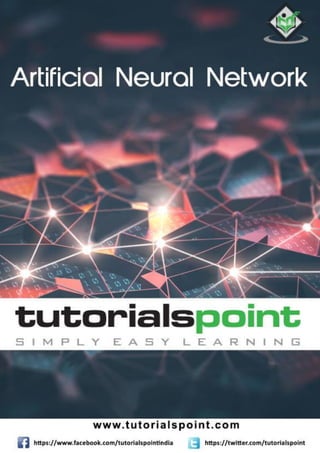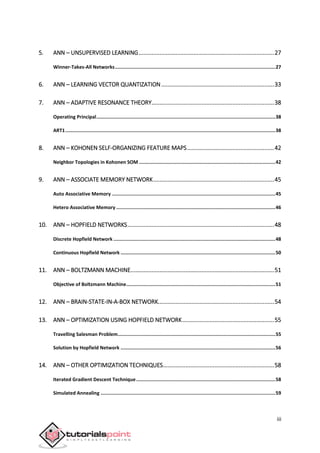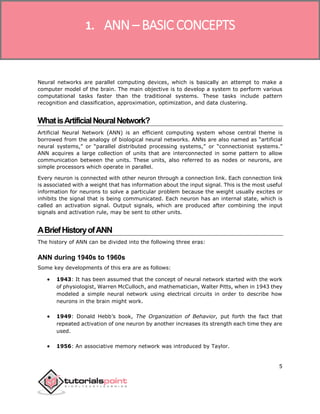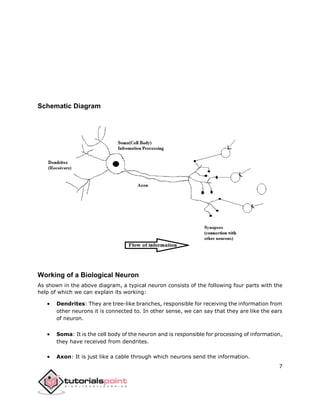This document is a tutorial on artificial neural networks (ANNs), detailing their fundamentals, architecture, learning algorithms, and historical development. It addresses graduates and researchers, requiring basic knowledge in algorithms, programming, and mathematics. The tutorial covers topics from basic concepts to specific types of neural networks and their applications.










